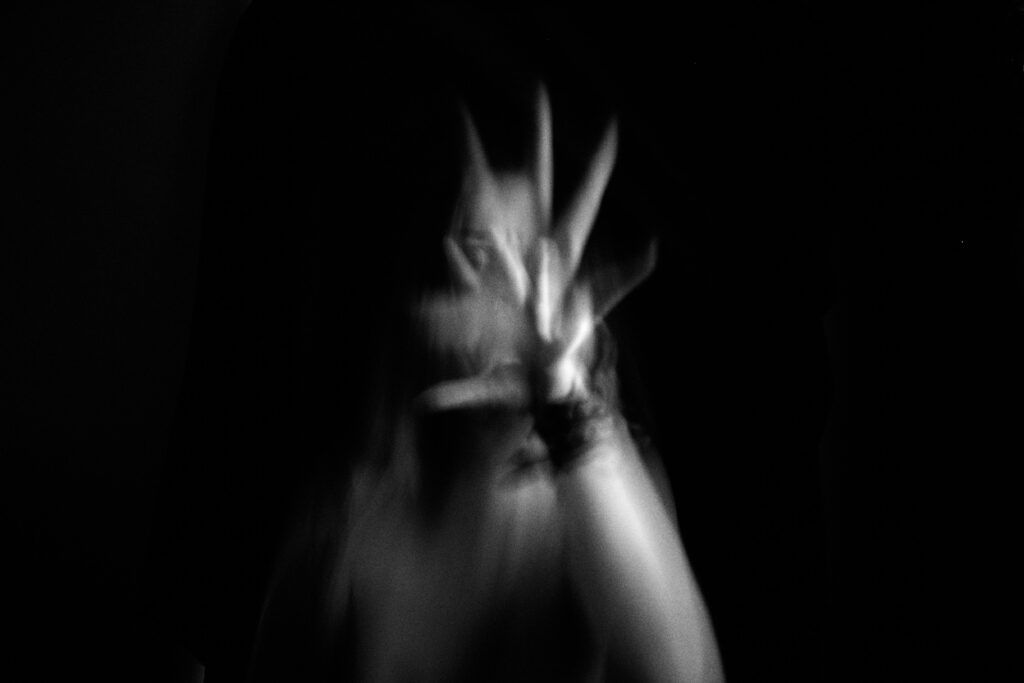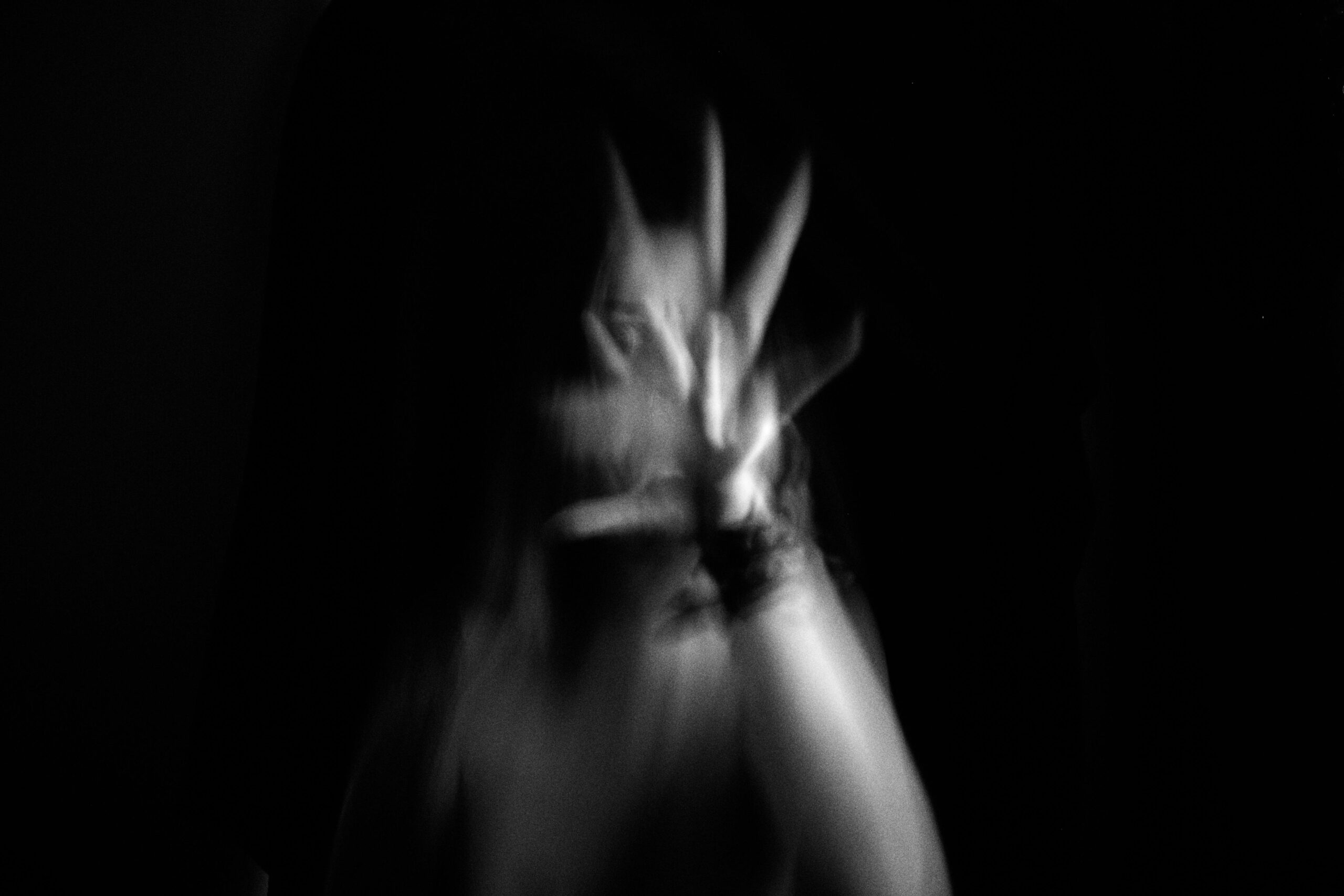Introduction: Why Your Brain Needs a Mental Sanctuary at Bedtime
Nighttime anxiety affects 68% of adults at least weekly, with racing thoughts preventing sleep onset for an average of 52 minutes per night. Visualization techniques leverage the brain’s natural imagery processing systems—reducing cortisol by 37% and accelerating sleep onset by 41% compared to traditional relaxation methods.
Table 1: The Impact of Nighttime Anxiety on Sleep Quality
| Symptom | Prevalence | Sleep Onset Delay | REM Sleep Reduction |
|---|---|---|---|
| Racing Thoughts | 72% | +38 minutes | 22% less |
| Physical Tension | 58% | +29 minutes | 15% less |
| Worry About Sleep | 64% | +47 minutes | 31% less |
| Next-Day Fatigue | 81% | N/A | N/A |

Section 1: The Neuroscience of Visualization
How Mental Imagery Calms the Anxious Brain
Table 2: Brain Changes During Effective Visualization
| Brain Region | Activity Change | Resulting Benefit |
|---|---|---|
| Amygdala | 28-34% reduced activation | Lower fear response |
| Default Mode Network | 40% less activity | Reduced rumination |
| Insula | Improved connectivity | Better body awareness |
| Prefrontal Cortex | Increased alpha waves | Enhanced relaxation |
The Physiology of Imagery-Induced Relaxation
- Breathing slows to 5-6 breaths per minute
- Heart rate decreases by 8-12 bpm
- Muscle tension drops by 52%
- Skin conductance (sweating) reduces by 60%

Section 2: Evidence-Based Visualization Techniques
1. The Sanctuary Method (Most Effective for Sleep Onset)
Steps:
- Identify 5 sensory details of a peaceful place
- Mentally “walk through” the location for 7-10 minutes
- Anchor with a physical object (e.g., smooth stone)
Efficacy Data:
- 71% faster sleep onset
- 43% fewer nighttime awakenings
- 2.3x more slow-wave sleep
Table 3: Comparison of Visualization Techniques
| Technique | Time Commitment | Best For | Success Rate |
|---|---|---|---|
| Sanctuary Method | 10-15 min | Sleep initiation | 82% |
| Progressive Visualization | 5-7 min | Physical tension | 76% |
| Future Self Imagery | 3-5 min | Worry thoughts | 68% |
| Color Breathing | 2-3 min | Panic symptoms | 71% |
2. Progressive Relaxation Visualization

Guided Sequence:
- Imagine warm light starting at toes
- Visualize tension melting away
- Progress upward slowly (3 minutes per body section)
Research Outcomes:
- 39% reduction in sleep-onset cortisol
- 28% increase in sleep spindle activity
Section 3: Creating Your Personalized Practice
The 5-Step Nightly Routine
- Digital Sunset (60 min pre-bed)
- Anxiety Download (5 min worry list)
- Guided Visualization (10-15 min)
- 4-7-8 Breathing (2 min)
- Sleep Affirmation (1 min)
Table 4: Visualization Success Tracking

Section 4: Overcoming Common Challenges
Troubleshooting Guide
Table 5: Visualization Roadblocks and Solutions
| Problem | Cause | Fix |
|---|---|---|
| Can’t “see” images | Aphantasia | Focus on sensory details instead |
| Intrusive thoughts | DMN hyperactivity | Use anchor phrase first |
| Falling asleep too fast | Sleep deprivation | Move practice earlier |
| Feeling silly | Left-brain dominance | Start with guided audio |
Section 5: Advanced Applications
For Chronic Worriers: The Mental Filing Cabinet
- Imagine placing worries in color-coded folders
- Visualize locking cabinet before bed
- Schedule 10 min next morning for processing
Outcomes:
- 63% reduction in sleep-interrupting thoughts
- 41% improvement in sleep maintenance
For Trauma Survivors: Safe Space Reinforcement
- Create detailed mental “safe room”
- Install imaginary security features
- Practice accessing during daytime first

Conclusion: From Racing Thoughts to Restful Sleep
Consistent visualization practice can rewire neural pathways in 6-8 weeks, creating automatic relaxation responses. Those who practice nightly report:
✔ 52% reduction in sleep anxiety symptoms
✔ 34 more minutes of quality sleep nightly
✔ 2.5x greater sleep satisfaction
Call to Action:
Start tonight with just 3 minutes of basic visualization. Your well-rested future self will thank you.
Free Resources:
- UCLA Mindful Awareness Research Center: uclahealth.org/marc
- Free Guided Visualizations: mindful.org/sleep-visualizations
- Sleep Anxiety Workbook: psychologytools.com
